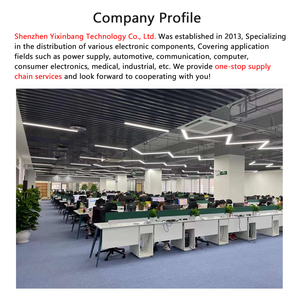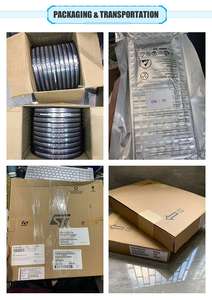Introduction to Encoder ASIC
In the realm of modern electronics, the encoder ASIC (Application Specific Integrated Circuit) plays a pivotal role in data conversion and signal processing. This specialized microchip converts mechanical movements and signals into digital codes that can be interpreted by various systems. As industries continue to evolve with automation and smart technologies, encoder ASICs have become essential components that maximize efficiency and precision in numerous applications.
Types of Encoder ASIC
Encoder ASICs come in various types, each tailored to specific applications and functional requirements. The primary classifications include:
- Incremental Encoders: These encoders generate pulses as they detect motion, often utilized in motor control and position measurement.
- Absolute Encoders: Unlike incremental types, absolute encoders provide a unique position value, making them ideal for applications that require precise location tracking.
- Rotary Encoders: These ASICs measure rotational movement, commonly seen in robotics, automation, and industrial machinery.
- Linear Encoders: Designed for linear motion applications, these encoders track movement along a straight line, suited for CNC machines and factory automation.
Function, Feature and Design of Encoder ASIC
The encoder ASIC is lauded not only for its versatility but also for its high level of functionality, ensuring accurate motion interpretation. Key features include:
- High Resolution: Encoder ASICs offer varying resolutions (counts per revolution) that empower systems with fine precision.
- Low Power Consumption: They are designed to operate effectively while consuming minimal energy, making them suitable for battery-powered devices.
- Compact Size: The small form factor of these ASICs allows for integration into tight spaces within machines and systems.
- Robust Design: Many units are built to withstand harsh environments, including high temperatures, moisture, and dust exposure.
Applications of Encoder ASIC
Encoder ASICs have a wide range of applications, serving multiple sectors that benefit from their unique capabilities:
- Industrial Automation: Used in robotics and assembly lines for precise control of machine movement.
- Automotive Industry: Employed in electric vehicles for monitoring wheel rotation and assisting in stability control systems.
- Consumer Electronics: Found in video game controllers and motorized devices to enhance user interactions.
- Aerospace and Defense: Critical for navigation systems and positional tracking of various components.











































































































































